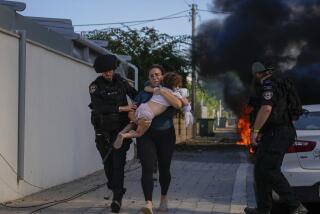Facing Up to Horror
For more than 40 years the carefully gathered files of the U.N. War Crimes Commission have been stored in the archives of the United Nations in New York, their existence known but their contents left virtually unexplored. Until now the 8,500 files, containing the names of up to 40,000 suspected Nazi and Japanese war criminals, have been shielded from public scrutiny. Under rules set down long ago, only the 17 governments that took part in the War Crimes Commission that existed from 1943 to 1949 could have access to the files, and then only if specific dossiers were requested and strict confidentiality pledged. Now not only all U.N. member states but individuals and institutions as well can ask to examine the files.
This long overdue expansion of access was prompted by the discovery early last year of a war crimes file on Kurt Waldheim, a former secretary general of the United Nations. That file implicated Waldheim in alleged atrocities against civilians in the Balkans during the early 1940s. The file also showed that Waldheim for decades had successfully obscured key details of his wartime service with the German army. Three months after the file came to light Waldheim was elected president of Austria. This year the U.S. government in effect banned Waldheim from entering this country because of his suspected complicity in war crimes.
Six researchers from the Justice Department’s Office of Special Investigations have begun going though the files, seeking evidence that might be used in pending cases against alleged war criminals who may have illegally entered the United States. Other requests to review the archival material have been filed by journalists and historians.
World War II ended more than 42 years ago. In some cases--involving, say, Japanese atrocities in China--the files may contain evidence of war crimes dating back nearly half a century. Those who committed such crimes, who escaped post-war detection or punishment and who are still alive, likely range in age from their mid-60s up to 80 or more. Identifying them now might conceivably lead to some criminal cases being filed against them. Realistically, though, prosecutions seem a dim possibility at best, if only because of the difficulties involved in finding surviving witnesses.
Does it make any difference, then, that the files so long withheld from public scrutiny are now to become available? It makes a difference in the same way that anything that helps to shed light on the past and aid in its understanding deserves to be preserved and exposed. And it makes a difference simply as a matter of justice. Most of the victims of war crimes died horribly, and nearly all died anonymously. Identifying their tormentors is one way to remember them.
More to Read
Sign up for Essential California
The most important California stories and recommendations in your inbox every morning.
You may occasionally receive promotional content from the Los Angeles Times.










